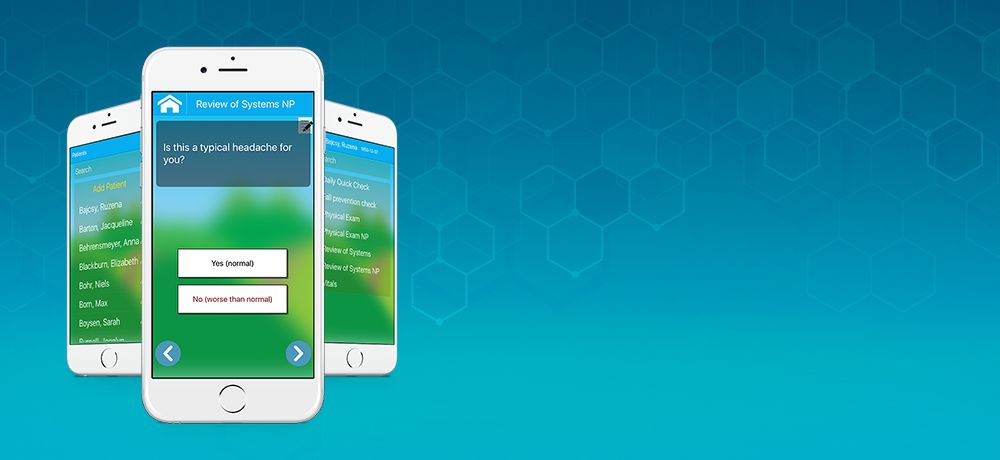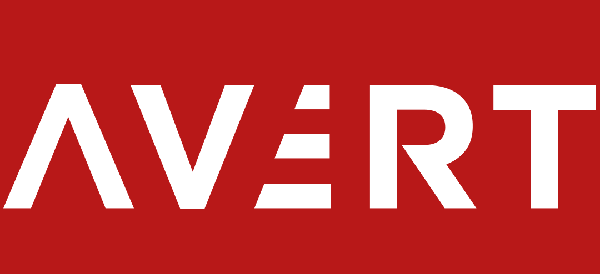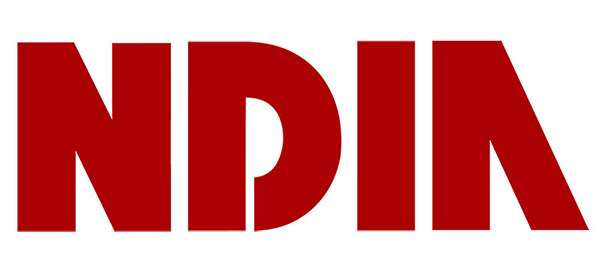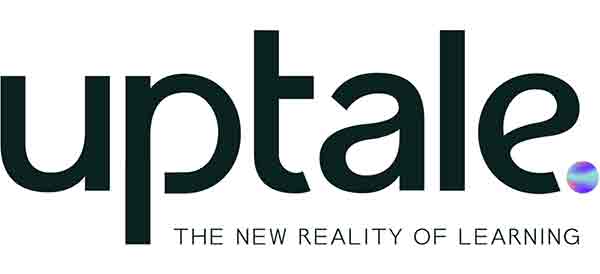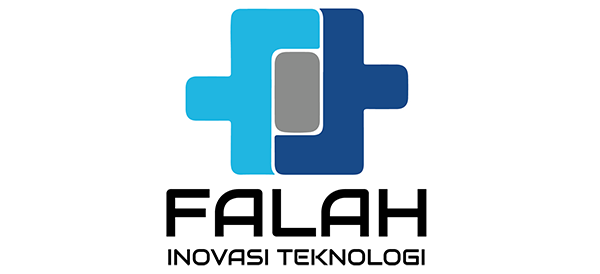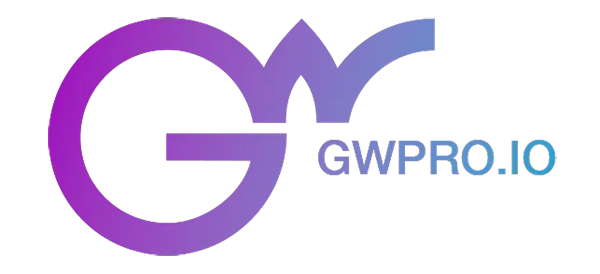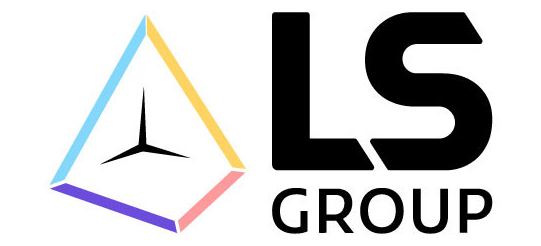Nearshore software development is an outsourcing model where businesses partner with companies in nearby countries for their software development needs. The aim is to take advantage of geographic proximity, similar time zones, and cultural similarities to make collaboration more accessible and efficient. This model enables businesses to augment their in-house development teams with the expertise of external developers without the constraints associated with long-distance communication and significant time zone differences.
In contrast, offshore development refers to outsourcing software development tasks to a third-party company or team in a far-off country. While this model often offers more substantial cost savings due to lower labor rates in those regions, it also comes with unique challenges. These include significant time zone differences, which can lead to communication delays and reduced project control, and cultural differences, which can impact the understanding and alignment of project goals.
The critical distinction between the two lies in their geographical and temporal proximity to the client. Nearshore development partners are often in the same or closely aligned time zones as the client, which simplifies real-time communication, fosters better collaboration, and aids in faster decision-making. This proximity can also reduce travel time and costs if on-site visits become necessary. Furthermore, nearshore developers are likely to share a closer cultural affinity with the client, leading to a better understanding of business contexts and market nuances.
Offshore development, while potentially more cost-effective, usually involves collaborating with teams halfway worldwide. While modern technology mitigates some communication challenges, the significant time zone differences can often lead to delays and slower feedback cycles. Additionally, cultural differences can sometimes lead to misunderstandings or misinterpretations of project expectations, requiring extra effort to ensure everyone is aligned.
Regarding costs, nearshore software services might seem less competitive than offshore due to higher labor costs in nearby countries. However, the enhanced communication, collaboration, and control afforded by nearshore development often lead to increased productivity and efficiency, which can offset the slightly higher costs. Moreover, the risk of misunderstandings and miscommunications — which can result in costly project delays or rework — is often significantly reduced in nearshore models.
While both models have their unique benefits and challenges, the choice between nearshore and offshore development largely depends on the specific needs and circumstances of the business. If real-time communication, close collaboration, and cultural affinity are high on your priority list, nearshore software development would likely be the more suitable option.
On the other hand, if cost savings is the primary objective, and you're equipped to navigate the challenges of working across significant time zone differences and cultural gaps, offshore development might be the better choice.
However, it's also worth considering the potential for a hybrid approach, which involves leveraging the best of both models. For instance, core, high-priority development tasks that require frequent collaboration and swift decision-making could be nearshored. In contrast, more standalone, well-defined tasks could be offshored to maximize cost savings.
In summary, nearshore software development presents an excellent middle-ground solution that offers a blend of cost-effectiveness, efficient communication, cultural compatibility, and convenient time zone alignment. While it may not offer the same level of cost savings as offshore development, the overall value derived from nearshoring often outweighs the slightly higher costs, making it an increasingly popular choice for businesses looking to outsource their software development needs.




